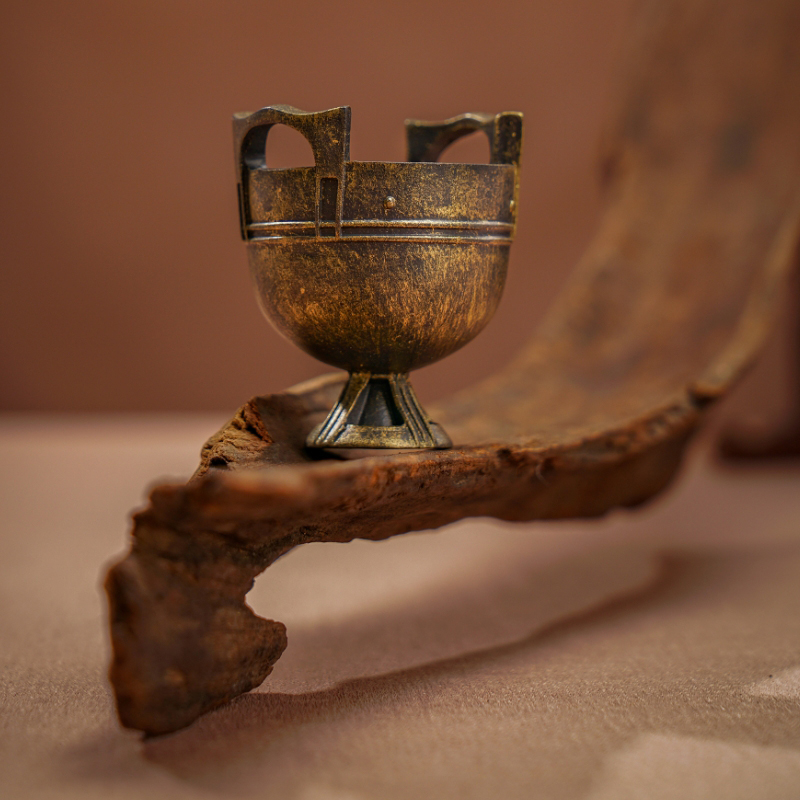If you’ve ever used a ZERO-G hose, you know it’s a game-changer for gardening and outdoor chores. These hoses are lightweight, kink-resistant, and durable—perfect for anyone tired of wrestling with bulky, traditional hoses. However, one common problem that users encounter is when the nozzle becomes fused to the hose, making it nearly impossible to remove.
So, can a fused nozzle be separated from a ZERO-G hose? The short answer is yes, but it can take some patience and the right approach. Let’s explore why this happens and how to safely fix it!
Why Does the Nozzle Get Stuck?

A nozzle fusing to a hose is a common problem with any garden hose, including ZERO-G models. The main reasons for this issue include:
- Corrosion: Over time, metal nozzles can corrode and fuse to the hose fitting, especially if exposed to moisture.
- Mineral Buildup: Hard water can cause mineral deposits to accumulate, essentially cementing the nozzle in place.
- Overtightening: Cranking the nozzle too tight can compress the metal or plastic, making it stick.
- Weathering: Changes in temperature cause metal to expand and contract, eventually leading to a stuck nozzle.
- Lack of Maintenance: Leaving the nozzle attached for long periods without lubrication can cause binding.
How to Separate a Fused Nozzle from a ZERO-G Hose
Before you give up and cut the hose, try these methods to separate the fused nozzle safely.
1. Soak in Warm, Soapy Water
One of the simplest methods is to soak the nozzle and hose connection in warm, soapy water for about 30 minutes. This can help loosen dirt and corrosion.
- How to Do It:
- Submerge the connection point in a bucket of warm, soapy water.
- Let it sit to soften any mineral buildup.
- Try to twist the nozzle off using your hands or a wrench.
2. Apply Penetrating Oil
If soapy water doesn’t work, try a penetrating oil like WD-40 or PB Blaster. These products can seep into small gaps and break down corrosion.
- How to Do It:
- Spray the oil directly on the joint where the nozzle meets the hose fitting.
- Let it sit for 15-20 minutes.
- Use a pair of adjustable pliers to gently twist the nozzle free.
- Pro Tip: Tapping the nozzle lightly with a rubber mallet can help the oil penetrate more deeply.
3. Use Heat for Expansion
Applying heat can cause the metal fitting to expand, helping break the bond.
- How to Do It:
- Use a hair dryer or heat gun to warm the metal fitting.
- Gently heat the area for a few minutes, making sure not to melt the hose material.
- Try to twist the nozzle off while it’s still warm.
- Caution: Never use an open flame, as this could damage the hose or be a fire hazard.
4. Try the Vinegar and Baking Soda Trick
This method works well for mineral deposits caused by hard water.
- How to Do It:
- Mix equal parts white vinegar and baking soda to form a paste.
- Apply it to the nozzle and fitting area.
- Let it sit for 20-30 minutes to dissolve the buildup.
- Rinse with warm water and try twisting the nozzle off.

5. Use Pliers with Caution
If all else fails, use a pair of adjustable pliers or a pipe wrench.
- How to Do It:
- Grip the nozzle firmly but not too tightly to avoid crushing it.
- Turn it counterclockwise slowly to avoid breaking the fitting.
- If the nozzle breaks, you may need to replace the entire end of the hose.
How to Prevent the Nozzle from Fusing Again
Once you’ve successfully removed the nozzle, take some preventative steps to avoid the problem in the future:
- Use Anti-Seize Compound: Applying a small amount of anti-seize lubricant on the threads can prevent corrosion.
- Regular Maintenance: Remove the nozzle after each use to let the hose drain and dry.
- Use a Plastic Nozzle: Plastic nozzles are less prone to fusing than metal ones.
- Avoid Overtightening: Snug is enough—no need to crank it down hard.


